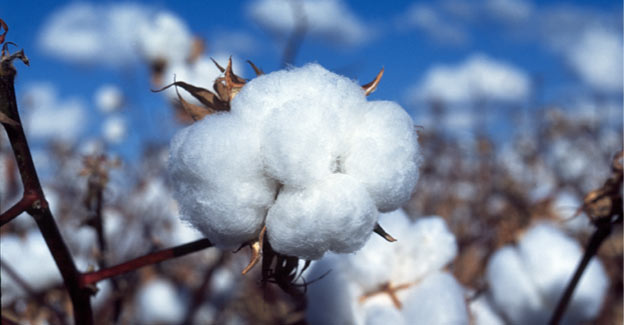
The Union Government Draws Up An Inclusive Plan To Boost Cotton Textile Exports
The Union textile industry has formulated a comprehensive plan to provide the much needed momentum to the cotton textile exports from the country. The move follows the recent phase where the cotton textile exports, under pressure, have struggled to perform in a challenging market condition. Having shown a steady growth for years, the exports declined by about 4.5% to a level of $ 11 billion in 2015-16 from $ 11.4 billion in the previous year.
Even as cotton yarns had a positive growth of 5.7% in terms of million kgs exported but value-wise there was a decline of 8.3% due to price pressure on margins. Cotton made-ups also showed a positive growth of 2.78%, while cotton fabrics declined by about 12.45%. The slowdown has continued through the current fiscal as well, even as the government has set a target of $ 14 billion for the fiscal year.
The general impression for the industry situation in the recent past, especially on the export front, has been highlighted with an offshoot of challenges arising out of global recession, reduced export orders due to reductions in inventories by global buying majors, price fluctuations of raw materials like cotton and cotton yarns & finally the infrastructure bottlenecks such as power & fuel crises.
The government, has drawn up an integrated marketing plan covering all aspects of textile and apparel trade with the involvement of apex industry bodies towards formalising an extensive global coverage strategy. On the cotton textile exports front, Texprocil, on its part, has drawn up a comprehensive programme to target new markets like Myanmar, Iran, Indonesia, Mexico apart from intensifying efforts in markets like China, Colombia, Turkey, Egypt and Bangladesh. The Council has also commissioned a study for opportunities of exports in the African markets. Promotional activities have already been carried out in the South Asian markets like China, Vietnam and Cambodia along with the European markets, Latin American region and parts of Middle East. "Even though the marketing strategies and market development of Indian exporters has been persistent and consistent, there have been external factors which have affected trade globally. It has always been the Council's endeavour to explore developed as well as emerging markets as export destinations for cotton textiles. Towards this end, the Council has specially earmarked newer markets in addition to traditional markets for promoting exports of cotton textiles in this fiscal year, says RK Dalmia, chairman, Texprocil, who is of the view that the sluggish phase is not expected to last long, and "we are sure that it will be very soon that cotton textile exports will pick up pace, regain lost ground and grow at a healthy rate."
"Moreover, the recent announcement of the special package to the apparel sector is a step in the right direction and we hope that this package gets extended immediately to the made-ups sector and the value chain in the eagerly awaited textile policy. This will gain the confidence of the industry and will help in boosting the exports of India considerably in the future," adds Dalmia saying that the Indian textile industry has always remained competitive even in the face of adverse market conditions. The resilience and strategic qualities exhibited by Indian exporters has always been a positive factor and it is only a matter of time before the sentiments improve in a world beset with uncertainties impacting the global trade.
As per texporcil chief, a holistic approach is called for to consolidate and strengthen the industry covering its entire value chain. The new Textile Policy which is on the anvil is likely to address the critical concerns of the textiles in a bid to make them globally competitive through measures such as focus on labour intensive manufacturing, skill upgradation, rationalization of labour cost, speeding up customs clearance and reduction in the cost of capital. The industry expects that the new textile policy will include measures and initiatives that will encourage the sector to grow besides creating more jobs.
In this context, three critical areas need to be emphasised. Firstly raw materials need to be made available on parity with international prices to the value added manufacturers in the downstream segment. Secondly, FTAs with European Union, Australia, Canada need to be expedited as India is losing market share to competing countries on account of preferential tariffs being accorded to them. Thirdly, reforms in labour laws and a policy thrust to create a "Hub & Spoke" model of manufacturing involving areas adjoining tier II & III cities can create employment locally.
"Present time reckons multi-pronged effort to position the textile and apparel sector in the forefront of economic activity in our country. While the government grapples with the ways and means to provide a fillip to the potential in the industry, we in the industry and trade also have an obligation to gear up and create opportunities in addition to making the most of the existing ones," avers Dalmia.
Textile Excellence
If you wish to Subscribe to Textile Excellence Print Edition, kindly fill in the below form and we shall get back to you with details.








